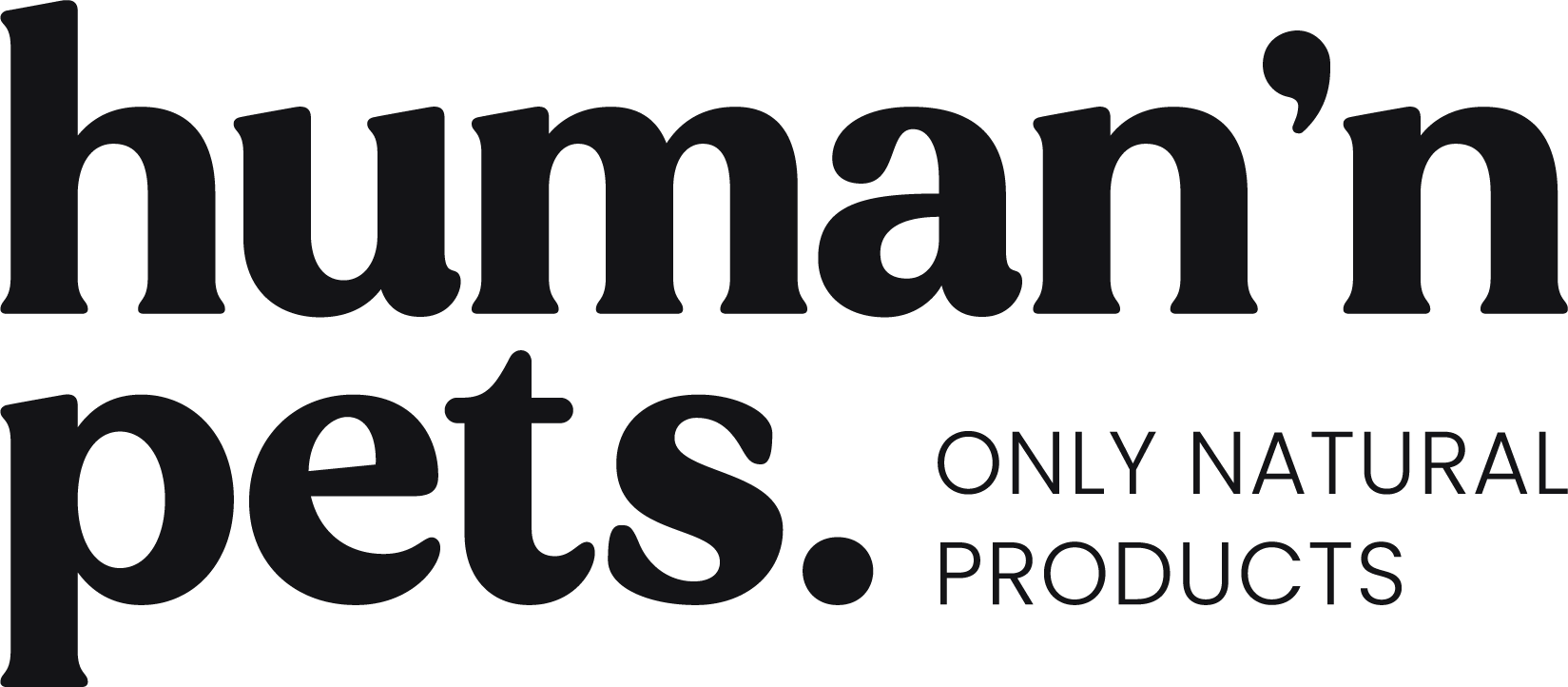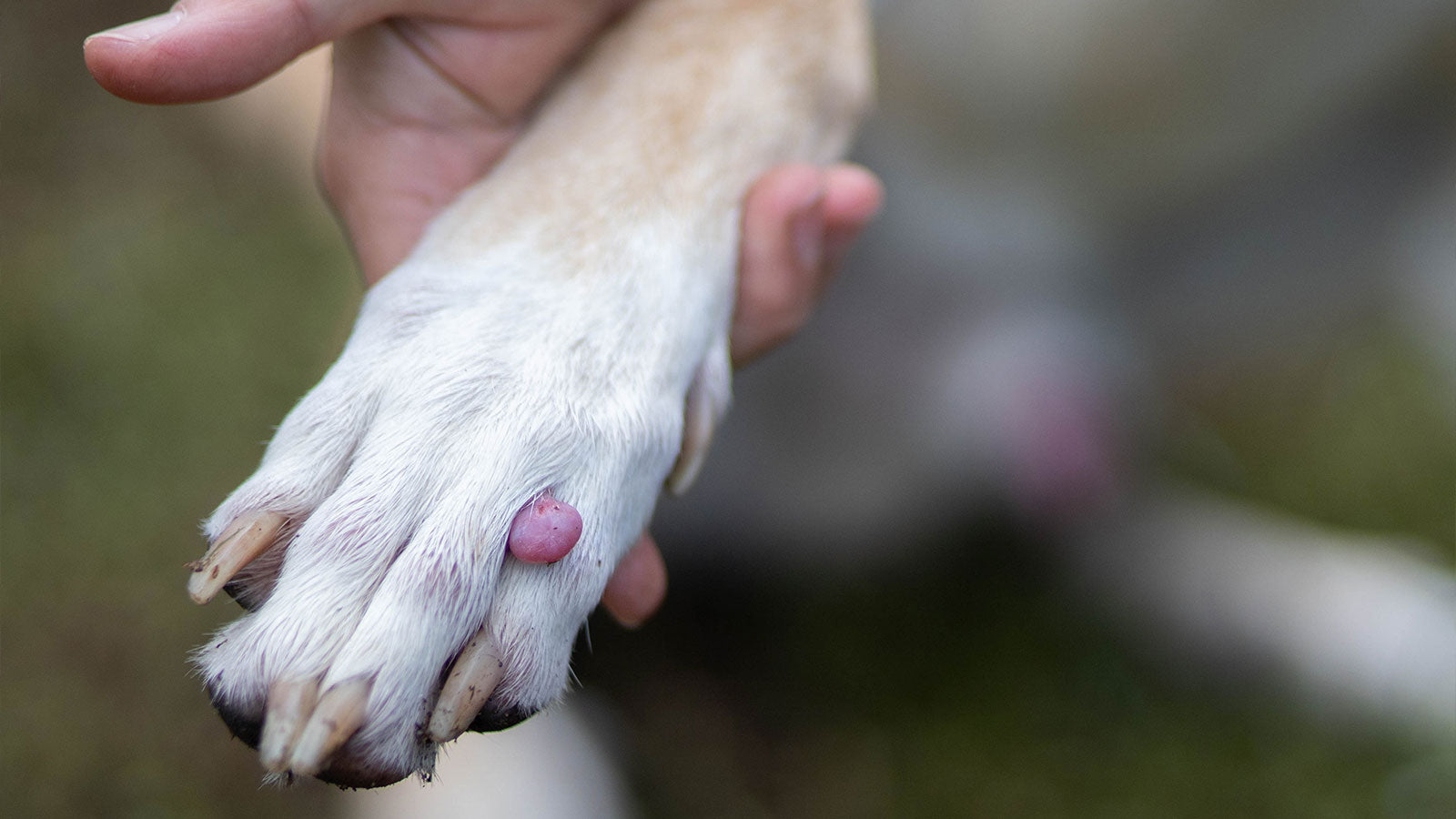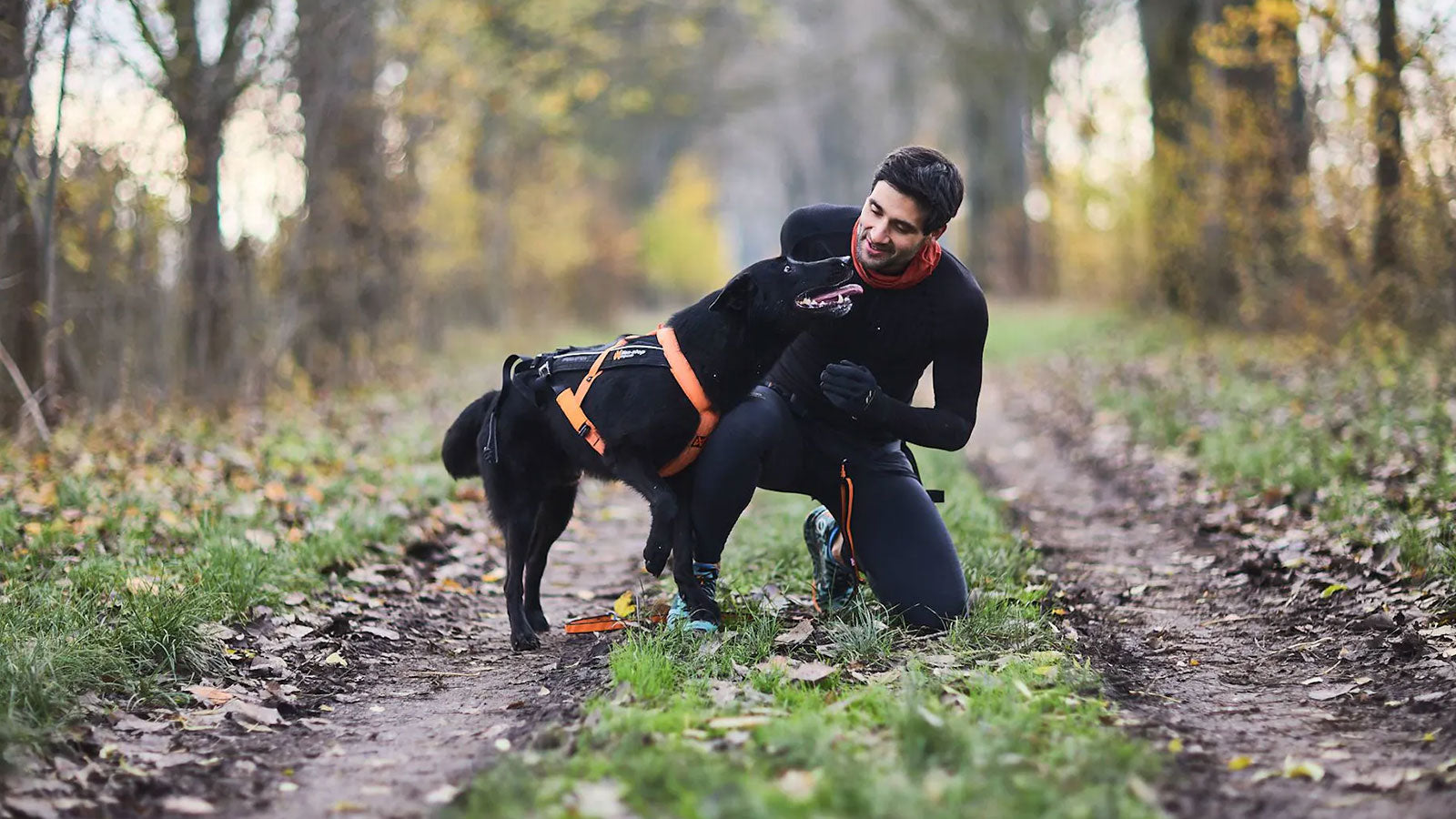Finding a lump under your dog’s skin can be alarming, but many of these lumps are benign fatty tumors known as lipomas. While these tumors are usually harmless, they can grow and cause discomfort or impede movement, especially in older dogs.
Understanding the causes and exploring natural remedies can help manage or even shrink these fatty tumors without invasive procedures.
What Are Lipomas?
Lipomas are non-cancerous growths composed of fat cells that typically form under the skin. They vary in size, often soft and movable under the skin. Commonly found in middle-aged to older dogs, these lumps are usually painless but can sometimes grow large enough to interfere with mobility.
Causes of Fatty Tumors in Dogs
While the exact cause of lipomas is not entirely understood, several factors contribute to their development:
- Age and Genetics: Older dogs and certain breeds, such as Labrador Retrievers and Cocker Spaniels, are more prone to lipomas.
- Environmental Toxins: Exposure to toxins like pesticides, heavy metals, and chemical-laden grooming products can increase the risk.
- Diet: Poor diet, particularly one high in processed foods and unhealthy fats, can contribute to the formation of lipomas.
How Toxins Contribute to Lipomas
The buildup of toxins in the body can lead to lipoma formation. The lymphatic system, which is responsible for removing waste from the body, can become overwhelmed. When this system slows down, toxins and fat can accumulate, resulting in fatty tumors.
Dietary Factors in Lipoma Development
Diet plays a crucial role in your dog’s overall health and can either contribute to or help prevent lipomas. Foods high in rancid and oxidized fats, like those found in low-quality kibble, can contribute to lipoma formation. Conversely, a diet rich in natural, whole foods supports the liver and digestive system, helping to prevent toxin buildup.
Natural Prevention and Treatment Strategies
While surgery is an option for particularly large or invasive lipomas, many natural methods can help manage and even reduce these tumors. Preventing and treating lipomas naturally involves supporting your dog’s detoxification systems, improving diet, and using specific herbs known for their beneficial effects. Here are some strategies:
- Dietary Changes: Switch to a fresh food diet, including raw or gently cooked meals. Avoid processed foods and unhealthy fats. Regularly include digestive enzymes and probiotics, to support your dog’s overall health.
- Regular Exercise: Daily walks and physical activity promote circulation and support the lymphatic system in removing toxins.
- Hydration: Provide clean, filtered water to help flush out toxins from the body.
Herbal Remedies to Shrink Lipomas
Several herbs can aid in shrinking and preventing fatty tumors by supporting the liver, lymphatic system, and overall detoxification process. Here are six effective herbs:
- Dandelion: Dandelion is a potent detoxifier that supports liver and kidney function. It helps the body eliminate toxins more efficiently and aids in the breakdown of fats, making it an effective herb for preventing and reducing lipomas.
- Burdock Root: A detoxifying herb that helps the liver and kidneys eliminate toxins.
- Green-Lipped Mussel: Rich in omega-3 fatty acids, green-lipped mussel oil is a powerful anti-inflammatory that can help reduce the size of lipomas by supporting overall cell health and reducing inflammation in the body.
- Turmeric: A powerful anti-inflammatory herb that enhances blood flow and supports liver health.
- Chamomile: Chamomile has calming properties that help reduce inflammation and promote better digestion. It also supports the body’s natural detoxification processes, making it useful in preventing lipomas.
These herbs can be administered as tinctures or teas and should be given consistently over several weeks to observe any reduction in lipoma size.
Herbal Dosage Guidelines
| Herb | Dosage | Frequency |
|---|---|---|
| Dandelion | 1/2 drop per 0.45kg | Twice daily |
| Burdock Root | 5 drops per 13.6kg | Twice daily |
| Green-Lipped Mussel | 1 tsp per 4.5kg | Daily |
| Turmeric | 150mg per 13.6kg | Twice daily |
| Chamomile (as tea) | 1 tbsp per 13.6kg | Daily |
Herbal Treatment Cycle
For the best results, it’s recommended to follow a treatment cycle when using these herbs:
- Administer herbs for six days.
- Take one day off.
- Repeat this cycle for six weeks.
- If the lipomas have shrunk, take a one-week break, then repeat the cycle if needed.
Additional Natural Remedies
-
Chickweed (Stellaria media): is a diuretic herb that helps move fluids through the body, reducing inflammation and aiding in toxin removal.
Dosage: Give 5 drops of chickweed tincture per 13.6kg of body weight twice daily. -
Self-Heal (Prunella vulgaris): is known for its ability to move stagnant fluids and improve circulation. It can be used both internally and externally to help break up fatty tissue.
Dosage: Administer 1/2 drop of tincture per 0.45kg of weight twice daily and apply topically to the lipoma. -
Violet (Viola odorata): is a cooling herb that helps dissolve fatty accumulations, making it particularly effective against lipomas.
Dosage: Use 5 drops of violet tincture per 13.6kg of body weight twice daily. Additionally, you can prepare a violet infusion and apply it as a poultice to the affected area.
Along with herbal treatments, consider using apple cider vinegar (ACV) to support liver detoxification and enhance circulation. Add ACV to your dog’s meals according to their weight. ACV should be avoided in dogs with difficulty regulating body temperature.
Exercise and Chiropractic Care
Regular exercise is crucial for dogs with lipomas, as it stimulates the lymphatic system, promoting the elimination of toxins. Activities such as walking and playtime also enhance circulation, helping to prevent the formation of new tumors. Chiropractic care, acupuncture, and acupressure are additional therapies that can support your dog’s overall well-being.
Consistency Is Key
Natural remedies take time to show results, but with patience and consistency, you can help your dog manage or even reduce the size of lipomas. Regular monitoring and a holistic approach that includes a healthy diet, exercise, and herbal support can significantly improve your dog’s quality of life. If lipomas persist or grow, consult with a holistic veterinarian for further guidance. By taking a proactive, natural approach, you can support your dog’s health and potentially prevent the formation of these common fatty tumors.






Share:
10 Steps to Naturally Heal Your Dog's Skin Issues
Bad Breath in Dogs: What You Need to Know